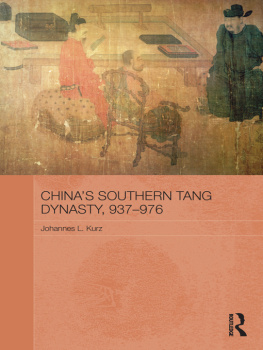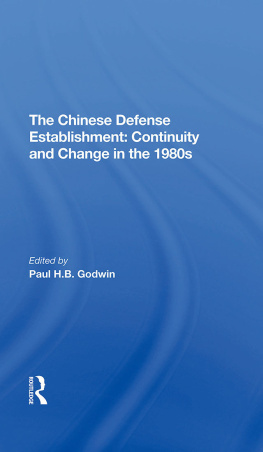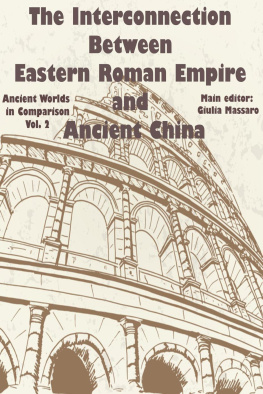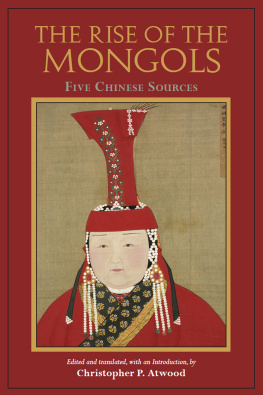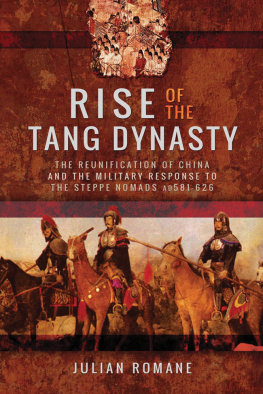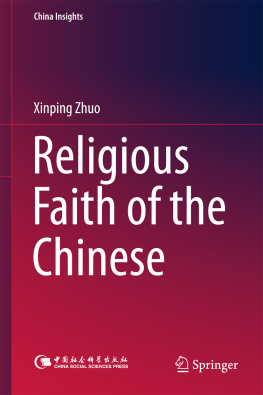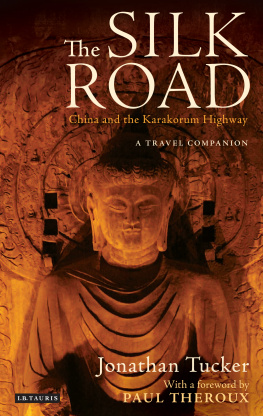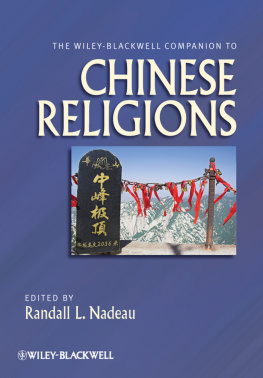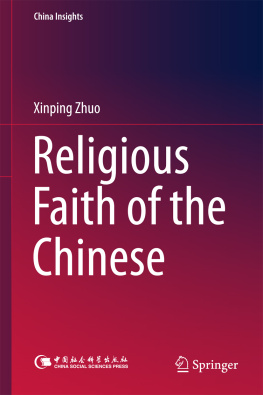
R. Todd Godwin received his PhD from the School of African and Oriental Studies (SOAS), University of London, and now lectures at the Institute for Orthodox Christian Studies, Cambridge, UK and in the United States at the University of Tennessee at Chattanooga. He has published in peer-reviewed journals on the early medieval Church of the East.
Ever since its discovery in the seventeenth century, the Xian (Nestorian) Monument, the oldest Christian monument in stone to be found in China, has been a source of controversy and fascination. Earlier Catholic scholars had hoped to see in it evidence of Catholic mission to Tang China, but modern scholars now regard it as an important document on the diffusion of the Church of the East along the Silk Road and in pre-Modern China. The present volume by a scholar who does not shirk the enormous linguistic demands of mastering the bilingual text of the Monument and of the relevant historical sources is a landmark publication which will benefit both the series study of Eastern Christianity and the general reading public with an interest in an extraordinary but too often neglected testimony to early East-West contact.
Samuel N.C. Lieu, Emeritus Professor, Macquarie University,
Sydney and President, Union Acadmique Internationale (UAI)
Godwins book is a magnificent exploration of one of the most important themes in the new global medieval history: Persian Christians in the empire of Tang China. Not unlike the Silk Road itself, this study brings East and West together in one overarching Eurasian world view. Erudite and subtle, Godwin weaves together all the languages and literatures of Mesopotamia, Iran, Central Asia, and China to create a vivid textile of religion, culture, and political dominion. Godwin places his own bold argument within a history of debate over the incredible Xian monument that extends back to the time of Voltaire. Students and scholars interested in the Asian history of Christianity obscured by unfamiliar languages and historical sources will find in this book the hidden pearl of a remarkable story. Godwin has uncovered this story with a sincerity of research that is reminiscent of golden age scholarship and the work of Paul Pelliot himself. This is history on a grand scale, invoking the rise and fall of empires, intrepid missions across thousands of inhospitable miles, and the durability of monastic institutions that are still with us.
Scott Fitzgerald Johnson, Associate Professor of
Classics and Letters, University of Oklahoma
This is a groundbreaking study that is soundly based on both Chinese and Syriac primary sources. It demonstrates compellingly that the Church of the East in Tang China and in Sasanian Persia saw itself as an active participant in maintaining the Empire and ensuring its very survival through the blessing of Christ dispensed through its ascetic leaders.
Steve Eskildsen, Professor of Philosophy and Religion,
International Christian University

Special thanks to my mom and dad, my academic advisor at SOAS, Erica Hunter, and The University of Salzburg's International Conference on Syriac Christianity in Medieval Central Asia and China.
Published in 2018 by
I.B.Tauris & Co. Ltd
London New York
www.ibtauris.com
Copyright 2018 R. Todd Godwin
The right of R. Todd Godwin to be identified as the author of this work has been asserted by the author in accordance with the Copyright, Designs and Patents Act 1988.
All rights reserved. Except for brief quotations in a review, this book, or any part thereof, may not be reproduced, stored in or introduced into a retrieval system, or transmitted, in any form or by any means, electronic, mechanical, photocopying, recording or otherwise, without the prior written permission of the publisher.
Every attempt has been made to gain permission for the use of the images in this book. Any omissions will be rectified in future editions.
References to websites were correct at the time of writing.
Library of Medieval Studies 4
ISBN: 978 1 78453 880 4
eISBN: 978 1 78672 316 1
ePDF: 978 1 78673 316 0
A full CIP record for this book is available from the British Library
A full CIP record is available from the Library of Congress
Library of Congress Catalog Card Number: available
CONTENTS
A NOTE ON SOURCES AND
THEIR USAGES
In terms of Chinese sources, though this study centres on the Xi'an stele, it relies upon the standard Tang sources familiar to Sinologist but not the Eastern Christianity and early Islamic historians to whom the study is partly directed. These are the Jiu Tangshu (the Old Tang Record, compiled in 945), the Xin Tangshu (the New Tang Record, compiled in 1060), the Cefu Yuangui (the Great Tortoise of National Archives, compiled between 100513), the Tang Huiyao (Tang Collection of Notabilia, compiled in 961), the Tongdian (Complete Institutes, compiled between 766801) and the Zizhi Tongjian (Comprehensive Mirror Aid in Governance), compiled in 1084 (regarded as one of the world's first rigorously analytical and scientific studies of history). The Siku quanshu (SKQS) electronic data base, is a computerised and searchable version of the vast and virtually complete library of Chinese historical materials compiled in eighteenth-century China under the directions of the Qianlong Emperor (171199), and is a great boon to scholarship. In terms of the other Christian documents from Dunhuang first made available in English translation by Saeki, while they do make an occasional appearance here as well, they are not as central as some might wish. A basic conviction here is that by putting the Persian and Central Asian background of the Church of the East on a better footing, and beginning with their connections to a key epigraphical source such as the Xi'an stele first, a road to further progress, in terms of understanding the royal and ascetic footing the Church of the East stood upon between Persia, the first Arab empires, Central Asia, and China, in the early medieval period is opened which others can help explore and help nuance.
Numerous sources in Syriac, Arabic and Greek have been consulted for information about the western side of the early medieval Church of the East, Syriac and Arabic of course being a language in which the church itself wrote. Key among these are Paul Bedjan and Oskar Braun's collections of so-called Persian martyr acts in Syriac, Thomas of Marga's ninth-century Syriac Book of Governors, and the tenth-century Arabic Chronicle of Se'ert appear in the notes throughout the study. The Syriac letters and law book of East Syrian Patriarch Timothy I (727823) constitute the basis of An occasional reference to a Middle Iranian, a Turkic or Tibetan source will appear as well.
A NOTE ON THE ROMANISATION
OF CHINESE CHARACTERS
The Pinyin system of romanisation of Chinese characters has been employed throughout the study. Chinese studies protocols are still in flux and without widely agreed upon standards, so rather than present the reader with an array of approaches, I have tried to err on the side of consistency and the most common approaches. I have avoided the more scholarly convention of putting a hyphen between Pinyin syllables used shows linkages between words (yan-jiu research, for example), and followed the system of many Mandarin dictionaries which simply joins the two words (yanjiu) a terrain readers of Chinese will navigate easily. When confusion over meaning could arise (xi'an vs. xian for example, the standard Mandarin pinyin apostrophe has been used (Xi'an). In terms of capitalisation, another headache generator for Sinologists, for titles of books and articles written in both modern as well as pre-modern Chinese, an attempt has been made to capitalise the first word only, but places book or sutra, Jing, or Shu, also in capitals thus one will find
Next page

